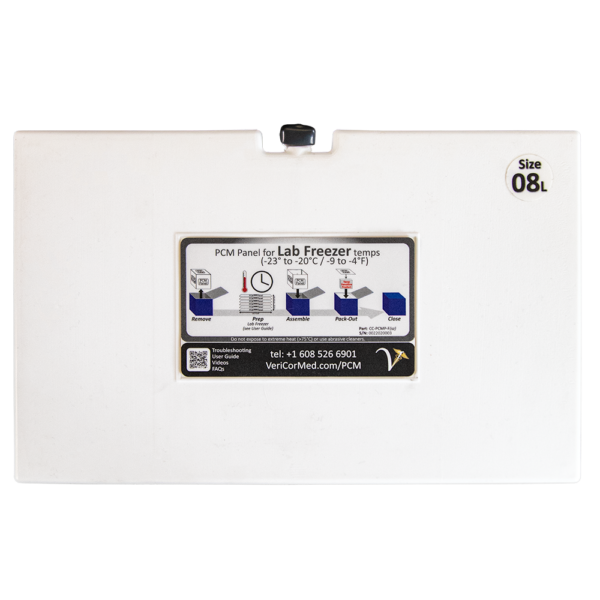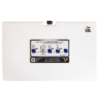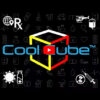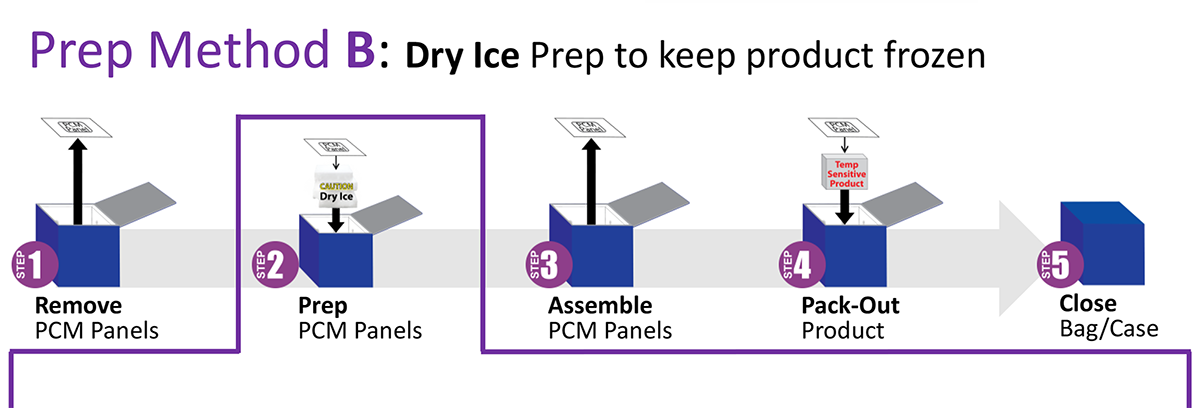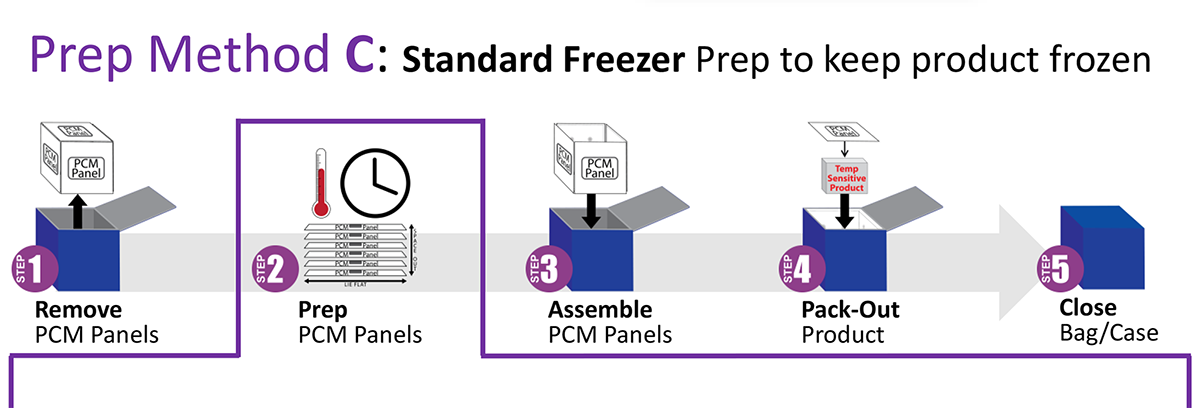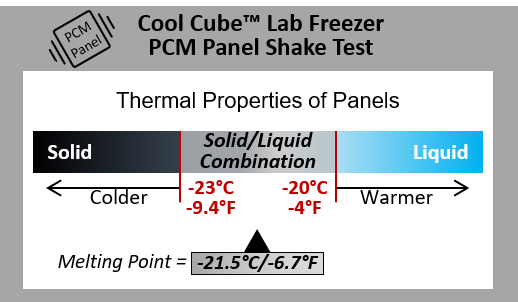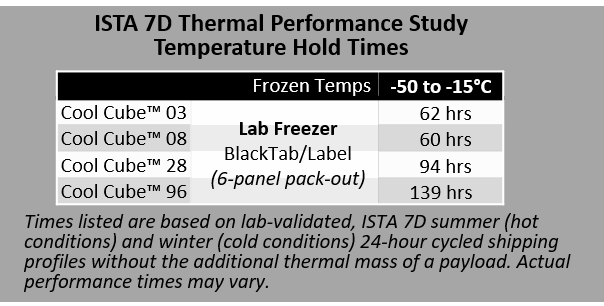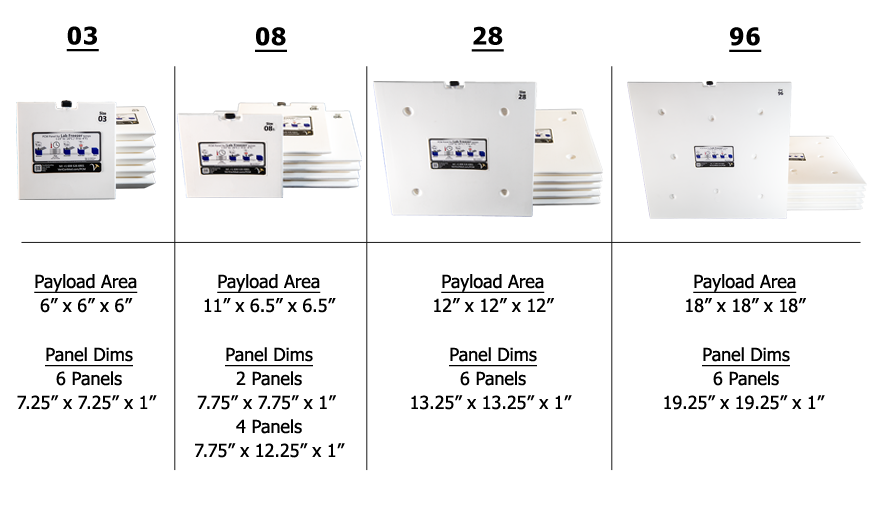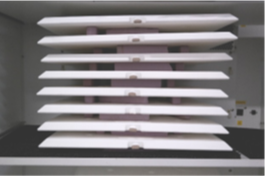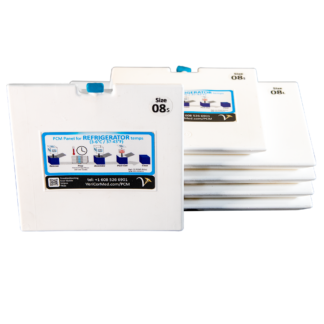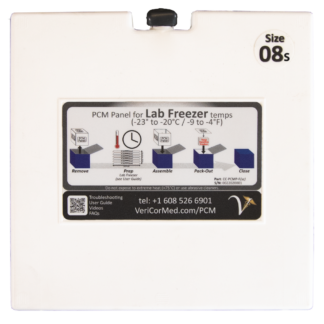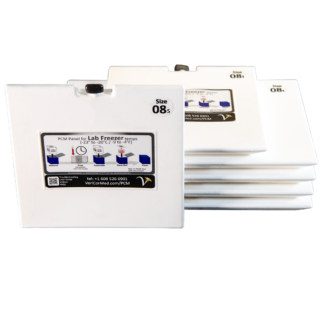PCM, or Phase Change Material, is a type of substance that can store and release large amounts of thermal energy as it changes from one state of matter to another, specifically between solid and liquid phases. This ability to absorb and release heat during its phase transitions makes PCM useful for controlling temperatures.
Here’s how it works: When a material melts (changes from a solid to a liquid), it absorbs heat from its surroundings, which cools down the environment around it. When the material freezes (changes from liquid back to solid), it releases the heat it had absorbed, warming up the environment.
What makes PCM special is that it is engineered to melt and freeze at very specific temperatures, depending on its formulation. For example, some PCM might be designed to melt at a relatively low temperature, like 5°C, while others might melt at higher temperatures. This allows PCM to be used for different applications, like keeping things cool or warm without the need for constant external energy, such as refrigeration.
Because PCM changes phases so efficiently, it can absorb or release a lot of heat without changing its own temperature much during the process. This makes it an excellent tool for maintaining stable temperatures over time, which is critical for safely transporting temperature-sensitive products like vaccines, medicines, and biological samples.


